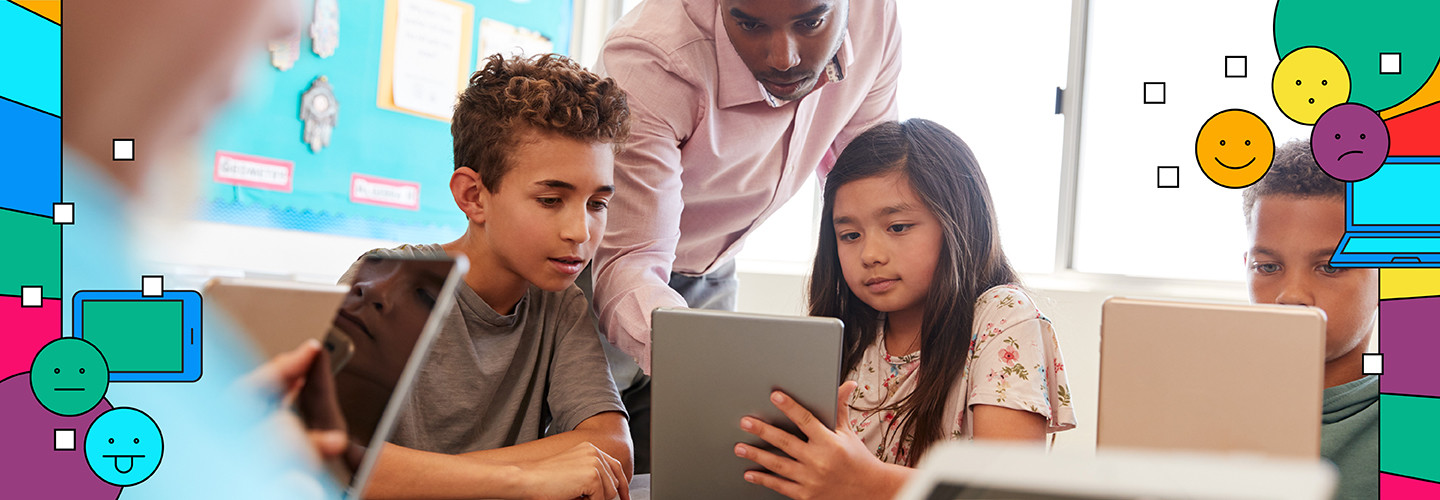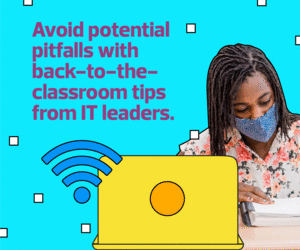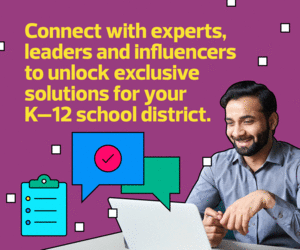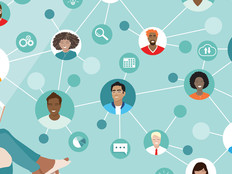One-to-One Devices Support Classroom Social-Emotional Learning
Teachers can employ programs, accessed through one-to-one devices, to help students regulate their emotions, problem-solve, develop social- and self-awareness and reconnect with friends. Each of these elements are CASEL core competencies for social-emotional learning. School-issued Chromebooks also introduce students to computer-based collaborative learning, which supports social and emotional intelligence as students work to collectively complete goals.
“Cooperative or collaborative learning requires individuals to be self-aware,” says Mark Sparvell, director of marketing education at Microsoft. “And self-awareness requires you to be able to accurately recognize, understand and label your emotions.”
Mobile devices open the door to personalized e-learning opportunities, where students can practice social and emotional competencies as they develop their academic ones. GoGuardian, producer of many such programs, cites McGraw-Hill Connect, GSuite, and Microsoft 365 as “great examples of social-emotional learning technology.” More narrowly specialized examples include Minecraft: Education Edition’s The Mindful Knight, which introduces students to mindfulness for self-awareness, coping skills and self-management.
Social-emotional learning technologies can be divided into two categories: those that foster collaborative learning and those that monitor students’ social-emotional well-being.
DISCOVER: Complimentary resources to help K–12 IT leaders prepare for learning anywhere.
Social-Emotional Learning Technology for Collaborative Learning
Products like GoGuardian’s Pear Deck or Microsoft Teams offer breakout rooms, which can be used on student devices to foster collaborative learning and help students gain coping skills, emotional awareness and empathy through personalized learning experiences.
“Every Pear Deck lesson,” Aguilar says, “begins with a simple check-in: ‘How are you feeling today?’” Pear Deck’s SEL checks help teachers gauge students’ emotional well-being. Educators can follow up with positive feedback in real time, chat with the student or even call them after the lesson ends.
Sparvell cites tools that employ video-enabled environments for practicing open communication, as well as Minecraft, which provides experiential learning opportunities to resolve conflict, collaborate and make responsible decisions.
Educators have found creative and collaborative uses for other tools at their disposal, such as using Google Sites to create virtual escape rooms. These require students to work together to solve problems, aiding their social-emotional growth in the process.
Social-Emotional Technology for Monitoring Students’ Well-Being
Then, there are products like Beacon from GoGuardian that analyze online activity in real time and help teachers monitor students’ well-being through school-issued one-to-one devices. This and other SEL applications act as suicide or self-harm prevention tools while monitoring students online behavior.
Beacon monitors one-to-one devices for concerning activity and notifies responders if students seem likely to pose a threat to themselves. Another program, Impero Wellbeing, spots and addresses mental health issues proactively, says Kaitlin Trujillo, key account manager of Impero Software.
Aperture Education provides SEL school assessments that can be completed individually on a student’s device in a gamified format. The organization’s DESSA Student Self-Report allows students to “explore their SEL-related responses, identify their areas of strength and growth opportunities, and create a personalized growth plan through research-based strategies and personalized SMART goals,” says Christine Nicodemus, Aperture Education’s chief product officer. “All of this is done within a gamified, mobile-friendly software platform.”












